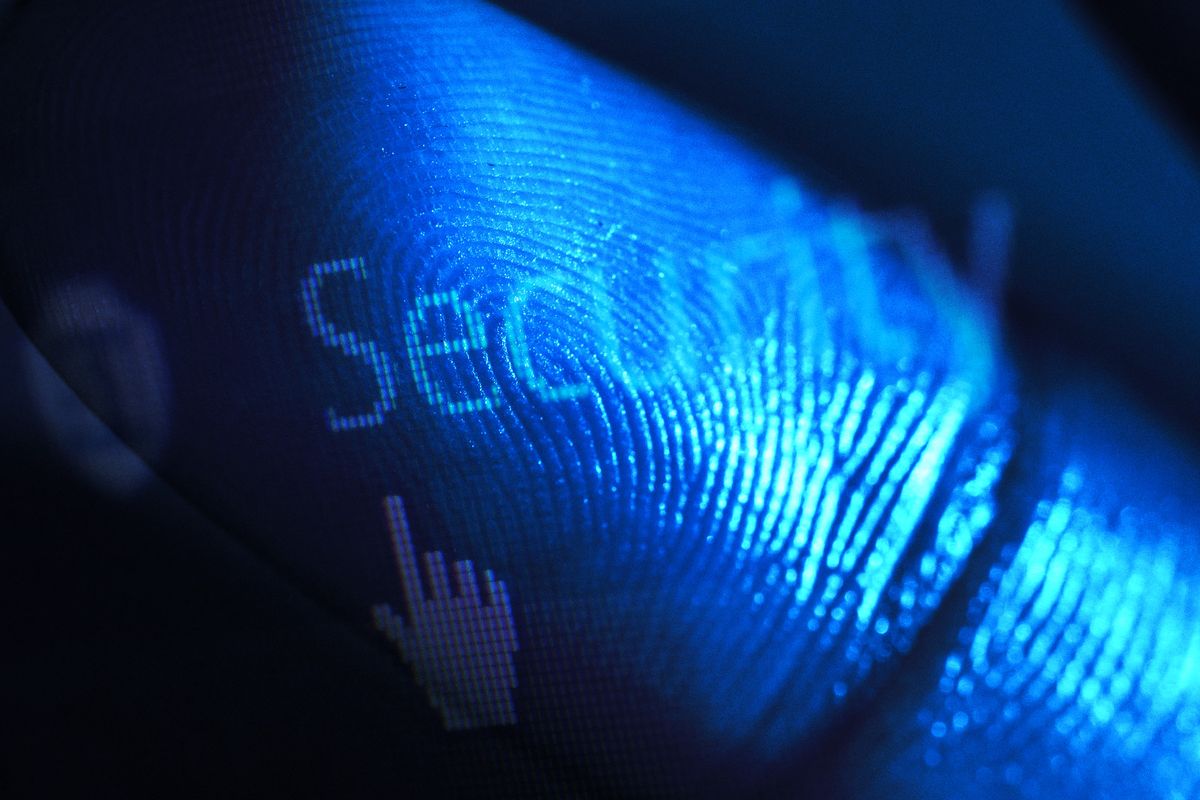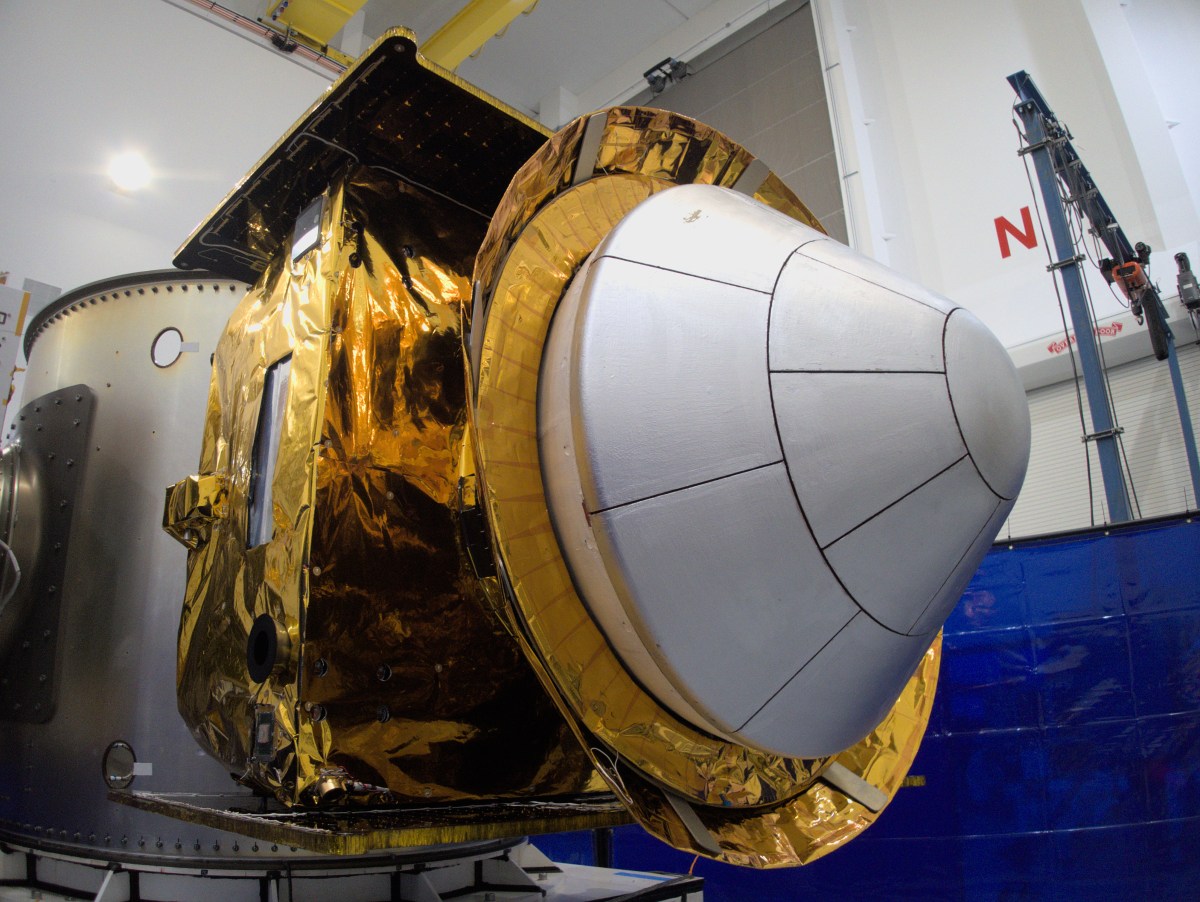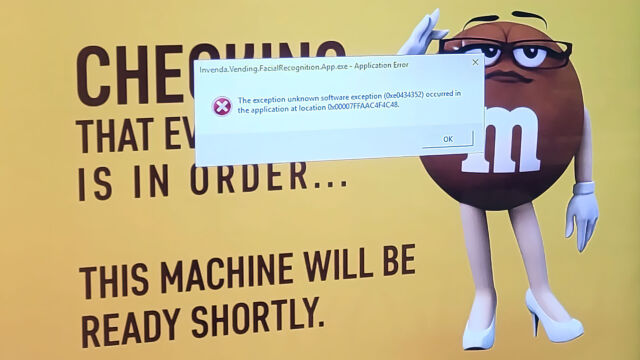The Vietnamese government will begin collecting biometric information from its citizens for identification purposes beginning in July this year.
Prime minister Pham Minh Chinh instructed the nation’s Ministry of Public Security to collect the data in the form of iris scans, voice samples and actual DNA, in accordance with amendments to Vietnam’s Law on Citizen Identification.
The ID cards are issued to anyone over the age of 14 in Vietnam, and are optional for citizens between the ages of 6 and 14, according to a government news report.
Ammendments to the Law on Citizen Identification that allow collection of biometrics passed on November 27 of last year.
The law allows recording of blood type among the DNA-related information that will be contained in a national database to be shared across agencies “to perform their functions and tasks.”
The ministry will work with other parts of the government to integrate the identification system into the national database.
As for how the information will be collected, the amendments state:
Biometric information on DNA and voice is collected when voluntarily provided by the people or the agency conducting criminal proceedings or the agency managing the person to whom administrative measures are applied in the process of settling the case according to their functions and duties whether to solicit assessment or collect biometric information on DNA, people’s voices are shared with identity management agencies for updating and adjusting to the identity database.
Vietnam’s future identity cards will incorporate the functions of health insurance cards, social insurance books, driver’s licenses, birth certificates, and marriage certificates, as defined by the amendment.
There are approximately 70 million adults in Vietnam as of 2022, making the collection and safeguarding of such data no small feat.
The Reg is sure the personal information on all those citizens will be just fine – personal data held by governments for ID cards certainly never leaks.
[…]
Source: Vietnam to collect biometrics – even DNA – for new ID cards • The Register
Absolutely retarded.



